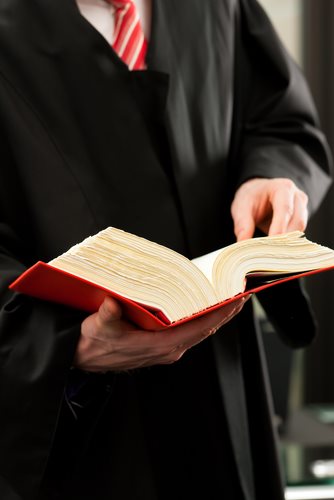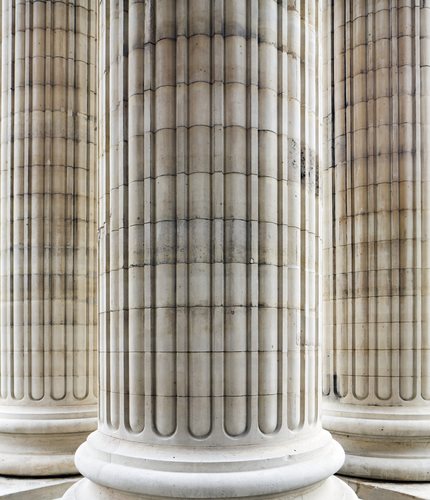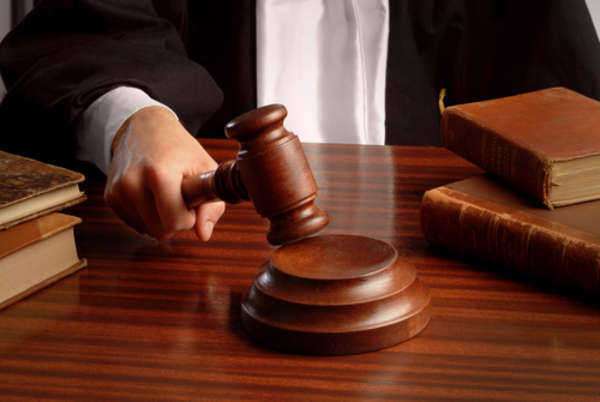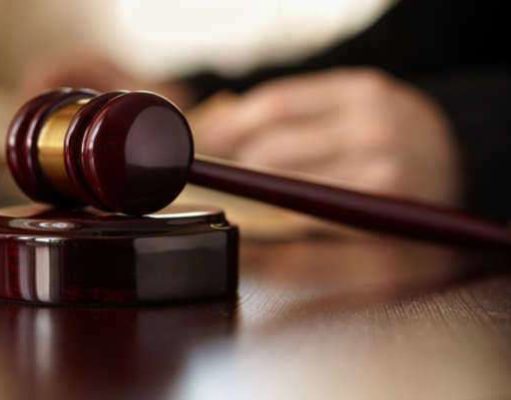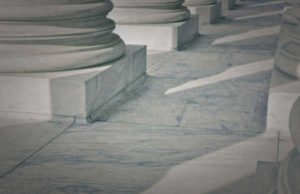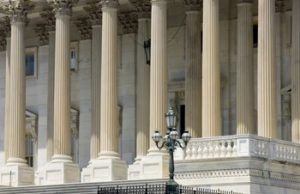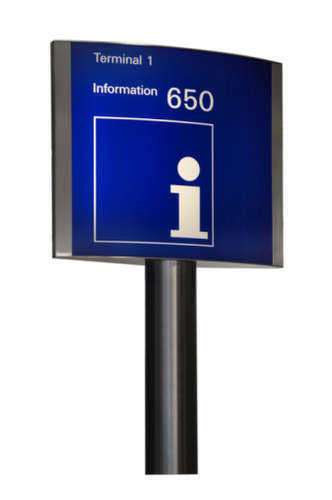
Supreme Court
The United States Supreme
Court is one of the three branches of the federal government. The United States Supreme Court is sometimes also known as the High Court. The ruling of the Supreme Court cannot be appealed. The Supreme Court is able to declare a
law unconstitutional, which is a check on the power of the Legislature.
Supreme Court Justices
Supreme Court justices assume their position following by a nomination by the President and majority vote from the Senate. U.S. Supreme Court justices do not have term limits. Supreme Court judges serve as long as they desire, and serve as long as they maintain good behavior and health.
US Supreme Court Docket
Entries on the US Supreme Court docket are usually appellate matters. Few entries on the Supreme Court docket are matters of original jurisdiction. Most often, entries on the Supreme Court docket involve constitutional issues, or evidence that the ruling of the lower court was incorrect.
Supreme Court Building
The Supreme Court building was the final of the three houses built for the three branches of the Federal Government. Before construction of the Supreme Court building was completed in 1935, the US Supreme Court first met in the basement of the Capitol Building, followed by the US Supreme Court relocation to the Old Senate Chamber, and finally entering the Supreme Court Building across the street from the Capitol.
Landmark Supreme Court Cases
The landmark Supreme Court cases are identified as Supreme Court decisions that have reshaped American lives. These landmark Supreme Court cases and Supreme Court cases encompass almost all areas of American life.
Who is the Chief Justice of the Supreme Court
John Roberts is the Chief Justice of the Supreme Court. The other Supreme Court justices’ names are Anton Scalia, Anthony Scalia, Clarence Thomas, Ruth Bader Ginsburg, Stephen Breyer, Samuel Alito, Sonia Sotomayer, and Elena Kagan.
How Many Supreme Court Justices are There?
The nine Supreme Court justices are known as either Associate Justices or the sole Chief Justice of the United States. All nine Supreme Court justices serve on the Supreme Court of the United States for life tenure. Serving on the Supreme Court of the United States require a nomination from the President and a confirmation vote in the United States Senate.
Chief Justice of the Supreme Court
The Chief Justice of the Supreme Court is also known as the Chief Justice of the United States. The Chief Justice of the Supreme Court can be an outside nominee to the position, or may be chosen from already seated members of the court. He or she serves as the chief administration officer for the federal courts, appoints the director of the Administrative Office of the United States Courts, presides over oral arguments to the Court, leads the
business of the Supreme Court, serves as a spokesman for the judicial branch, sets the Court’s agenda, and decides who writes the opinions of the Court.
Barack Obama’s Supreme Court
Although the current Supreme Court is sometimes identified as Barack Obama’s Supreme Court, this is actually a misnomer since he has only appointed two members of the Court. However, given the age of some of the members of the Court, he may have an opportunity to appoint more justices.
